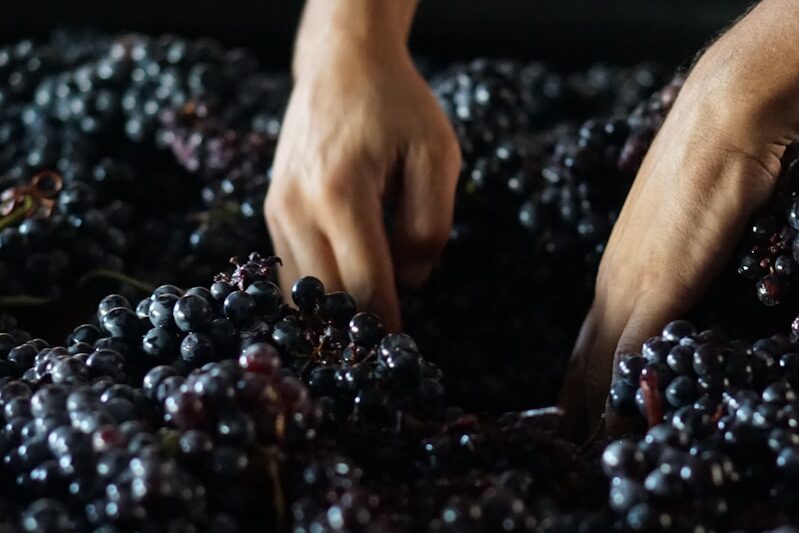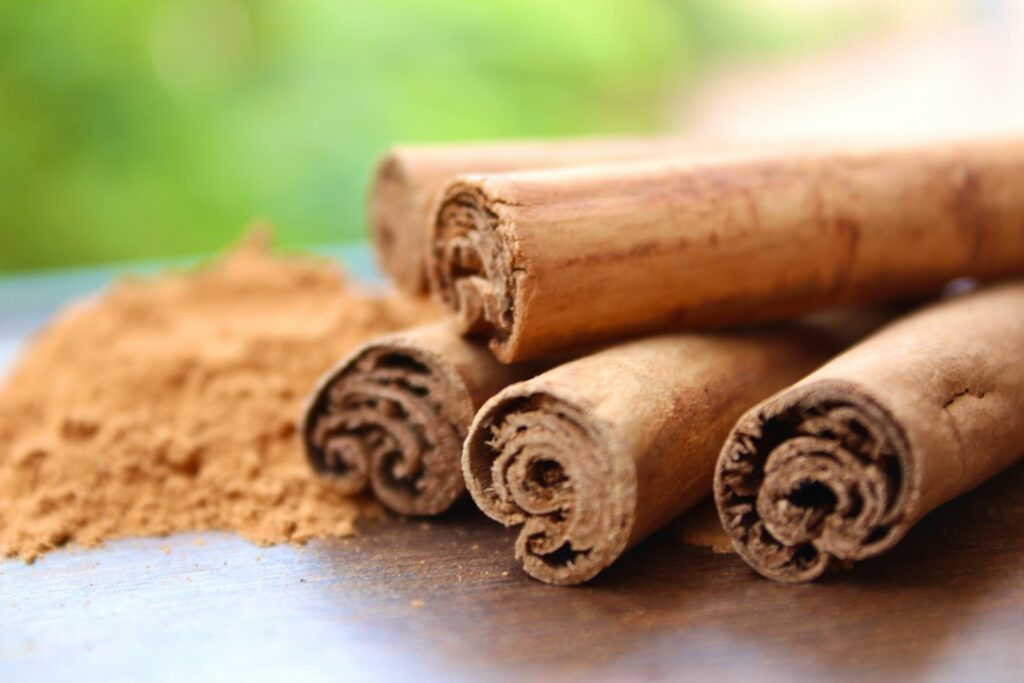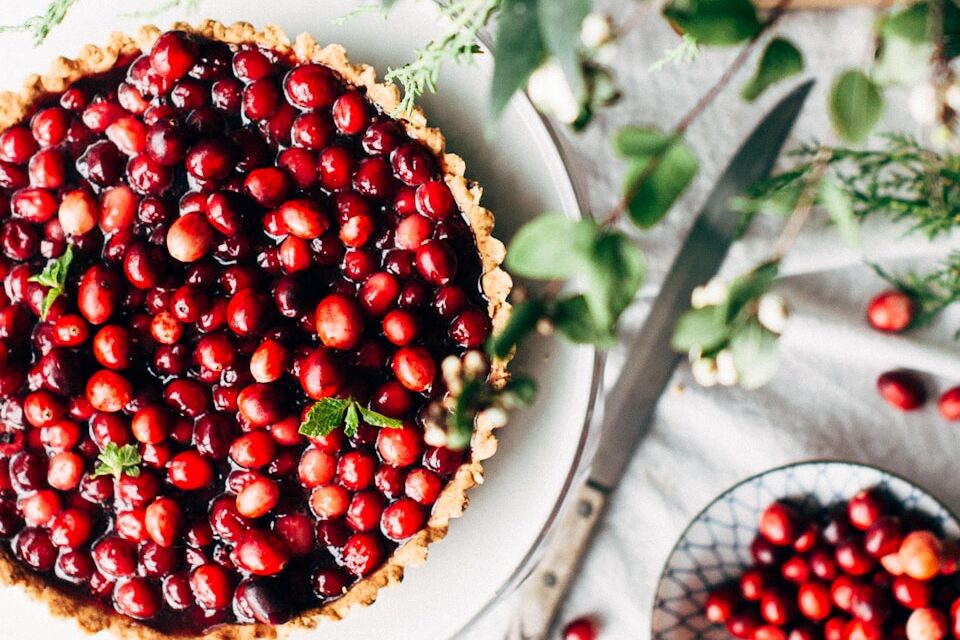
Wine enthusiasts often seek that perfect balance between bold flavors and a touch of sweetness. Sweet red wines provide this unique experience, combining the robust character of red varietals with a smooth, sugary finish. This guide delves into the world of sweet red wines, offering insights into different types, sweetness levels, production methods, food pairings, tasting techniques, serving tips, and comparisons with other wine styles. By understanding these elements, readers can better appreciate the nuances that make sweet red wines a delightful choice for various occasions.
What is sweet red wine

Sweet red wines are red wines with noticeable sweetness, offering a delightful balance of fruit flavors and sugar levels. They can range from light and fruity to rich and decadent, appealing to those who prefer a sweeter wine profile. This guide serves as a quick introduction to sweet red wines, covering various types, a sweetness chart, and how these wines are made.
Types of sweet red wine
There are many varieties of sweet red wines available, each with its own unique taste and characteristics. Here are some common types:
Port
Port is a fortified sweet red wine from Portugal. It is rich, full-bodied, and often enjoyed as a dessert wine. The fortification process, where brandy is added, stops fermentation early, leaving residual sugar and boosting alcohol content.
Lambrusco
Lambrusco is a sparkling red wine from Italy that can range from dry to sweet. The sweeter versions offer a light, fruity, and fizzy experience that pairs well with a variety of foods.
Brachetto d’Acqui
This Italian red wine is known for its aromatic, sweet, and slightly sparkling nature. Brachetto d’Acqui has flavors of red berries and roses, making it a popular choice for celebrations and dessert pairings.
Other varieties
There are numerous other types, including sweeter styles of Zinfandel, Shiraz, and Merlot, often produced in various wine regions with a focus on residual sugar to achieve that signature sweetness.
Sweetness chart

Understanding the sweetness levels in wines can help guide your selection. Here’s a basic sweetness chart for red wines:
Dry
- Minimal residual sugar
- Flavor profile: tannic, less fruity sweetness
- Best for: those who enjoy classic, bold reds without noticeable sweetness
Off-dry
- Slight residual sugar
- Flavor profile: subtle fruit sweetness balanced with tannins
- Best for: wine drinkers looking for a hint of sweetness without overpowering
Medium-sweet
- Noticeable residual sugar
- Flavor profile: pronounced fruit flavors, rounder and softer tannins
- Best for: those who enjoy sweeter wines that are not overly saccharine
Sweet/Dessert
- High residual sugar content
- Flavor profile: rich, candy-like sweetness with intense fruit characteristics
- Best for: dessert pairing or for those who enjoy very sweet wines on their own
How sweet red wine is made

The production of sweet red wine involves several key steps and techniques that influence the final sweetness level:
Grape selection
Winemakers select grape varieties that naturally produce higher sugar levels or are known for their fruit-forward characteristics. Late-harvest grapes or grapes affected by noble rot (Botrytis cinerea) can increase sugar concentration.
Fermentation process
The fermentation process is often managed to retain some sweetness. This can be achieved by:
- Stopping fermentation early: The winemaker may halt fermentation before all sugars are converted to alcohol, leaving residual sugar in the wine.
- Adding unfermented grape must: Some winemakers blend in additional sweet grape juice to increase sweetness.
- Fortification: As seen in Port wine, adding spirits during fermentation stops the process and preserves sugar content while increasing alcohol.
Aging and blending
After fermentation, sweet red wines are often aged in barrels or tanks to develop complexity. Blending different batches or vintages can also fine-tune the sweetness and flavor balance.
Tasting notes and aroma profiles
Understanding the aromatic and flavor profiles of sweet red wines can enhance the tasting experience:
Tasting techniques
- Visual examination: Observe the wine’s color and clarity. Sweet red wines often exhibit deep ruby hues with slight variations depending on the grape variety.
- Aroma assessment: Swirl the glass and inhale deeply. Common aromas in sweet reds include red berries, cherries, chocolate, spices, and floral notes.
- Palate analysis: Take a small sip and let it coat your tongue. Notice the balance between sweetness, acidity, and tannins. Sweet red wines tend to have a smoother mouthfeel with lingering fruit flavors.
- Finish evaluation: The finish can range from short and crisp to long and lingering, often leaving a pleasant sweetness on the palate.
Flavor descriptors

Depending on the wine, you might encounter notes of:
- Fruit: Raspberry, cherry, blackberry, strawberry
- Floral: Rose petals, violet
- Spice: Cinnamon, clove, pepper
- Other: Chocolate, vanilla, caramel, oak
Serving and storage tips
To fully enjoy sweet red wines, consider these serving and storage recommendations:
Serving temperature
Sweet red wines are best served slightly chilled, between 55°F to 60°F (13°C to 16°C). This temperature range helps highlight their fruity and sweet characteristics without muting their complexity.
Decanting advice
While most sweet reds can be enjoyed straight from the bottle, decanting for 20-30 minutes can help aerate the wine, opening up its aromas and flavors. This is particularly beneficial for more complex varieties like Port.
Storage guidelines
- Short-term storage: Keep the bottle in a cool, dark place at a consistent temperature.
- Long-term storage: If storing for an extended period, use a wine fridge or cellar with proper humidity control and temperature stability.
- After opening: Once opened, sweet red wines should be resealed and refrigerated. They are best consumed within a few days to maintain their flavor integrity.
Enjoying sweet red wine
Sweet red wines pair well with various foods. They go particularly well with desserts, spicy cuisines, and cheeses. When selecting a sweet red wine, consult the sweetness chart to choose a level that suits your palate, and remember that different occasions might call for different styles of sweet red.
Food pairing suggestions

- Desserts: Pairs beautifully with chocolate-based desserts, berry tarts, or caramel treats.
- Spicy dishes: The sweetness can temper spicy cuisines like Indian or Thai dishes, creating a balanced flavor profile.
- Cheeses: Try pairing with blue cheese, goat cheese, or a creamy brie, where the wine’s sweetness complements the cheese’s saltiness.
Comparisons with other wine styles
Understanding how sweet red wines differ from other wine types can help put their characteristics in context:
Sweet vs. dry red wines
While dry red wines focus on tannic structure and complex flavors without noticeable sweetness, sweet reds offer a more fruit-forward, sugar-rich profile. This makes them more approachable for those who prefer a sweeter taste.
Sweet red vs. sweet white wines
Though both share residual sugar, sweet red wines often have deeper fruit flavors and more pronounced tannins compared to their white counterparts, which tend to be lighter and more acidic.
Sweet red vs. fortified wines
Fortified wines like Port are a subset of sweet red wines. They not only have higher sugar content but also higher alcohol levels due to the addition of spirits. This distinguishes them from non-fortified sweet reds that rely solely on the natural fermentation process.
Conclusion
This quick guide offers an introduction to sweet red wines, outlining what they are, their types, a sweetness chart for reference, and insights into how they are made. Whether you’re new to sweet reds or a seasoned enthusiast, understanding these aspects can enhance your wine tasting and pairing experience.





